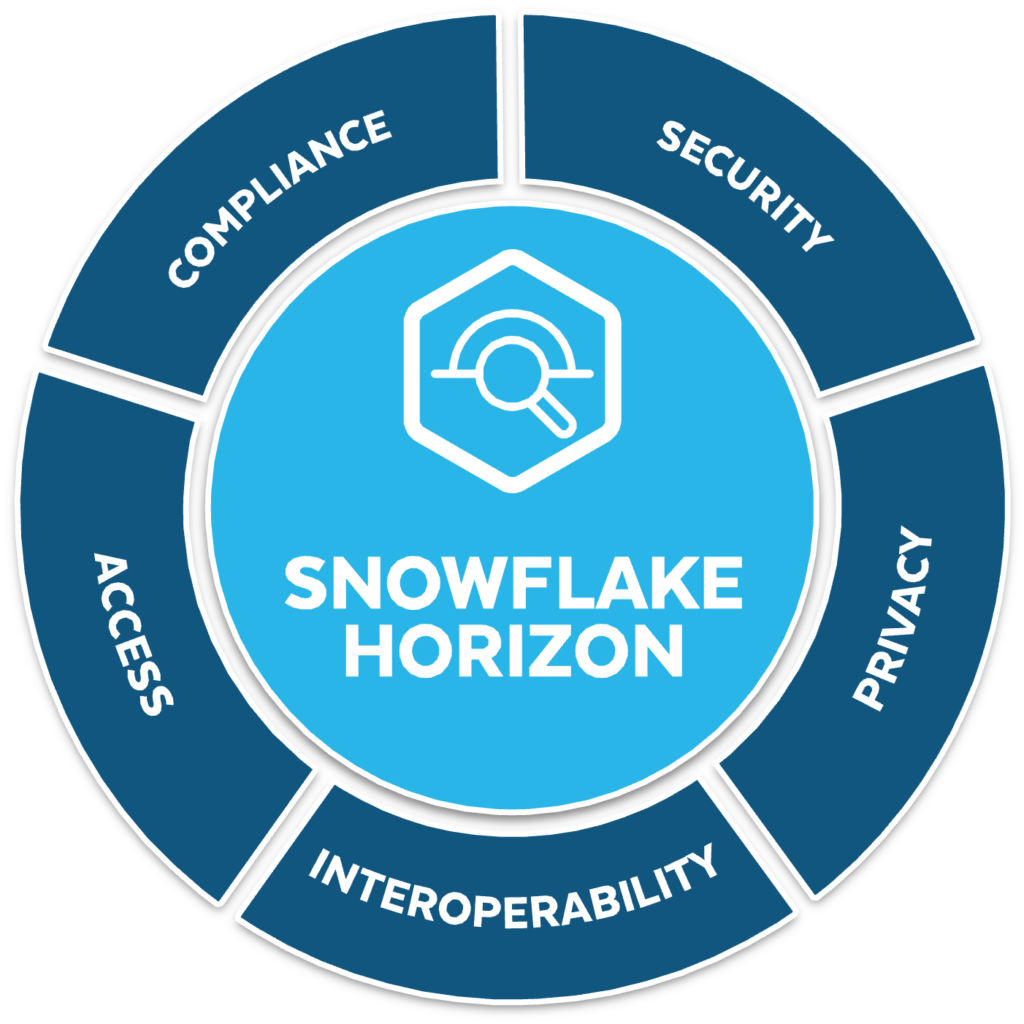- What is the Security of Processing Under the GDPR?
- How to Determine the Appropriate Level of Processing Security
- Common Difficulties Meeting GDPR Security of Processing Requirements
- Best Practices for Maintaining Security of Processing Compliance
- Conclusion
To learn more about Data Privacy with Satori read our Data Privacy Guide.
What is the Security of Processing Under the GDPR?
Security of Processing under the GDPR refers to the technical and organizational measures that organizations must implement to protect personal data from unauthorized access, alteration, or destruction. These measures aim to ensure the confidentiality, integrity, and availability of personal data.
The GDPR requires organizations to implement appropriate security measures proportionate to the risks associated with the processing of personal data. These measures should take into account the state of technology, the costs of implementation, and the nature, scope, context, and purposes of the processing.
Examples of security measures that organizations may implement include:
- Encryption of personal data
- Access controls and user authentication
- Regular testing and monitoring of security systems
- Incident management and notification
- Risk assessment and management
Organizations must also be able to demonstrate that they have implemented these measures and that they are effective in protecting personal data.
How to Determine the Appropriate Level of Processing Security
- Risk assessment: Organizations must conduct a risk assessment to identify and evaluate the risks associated with their processing activities. To conduct this assessment, consider assigning numeric values to the associated risk related to different risk categories such as the sensitivity of data and the likelihood of a breach. With these numeric values, organizations can create security measures based on their specific security risks.
- Proportionality: Once the risks have been identified, organizations must implement appropriate technical and organizational measures proportionate to the risks. This means that the measures implemented should coincide with the level of risk. However, the GDPR allows organizations to scale back security measures if it places an undue burden on the organization.
- State-of-the-art: The GDPR requires organizations to consider the most up-to-date security technologies and best practices for processing data securely. To satisfy this requirement, organizations can show the efforts put into identifying currently available security technology and best practices. Then, document how the organization implemented these tools.
- Regular review: Organizations must regularly review and update their security measures to ensure that they remain effective in protecting personal data, and to take into account any changes in the risk profile or the state-of-the-art technology.
Common Difficulties Meeting GDPR Security of Processing Requirements
One common difficulty in meeting the GDPR security of processing requirements is understanding and interpreting the regulations themselves. The GDPR includes a lot of technical language as well as vague requirements that some organizations struggle to navigate. Additionally, some companies struggle to identify all of the personal data they collect and process, as well as ensure that it meets all protection requirements in the GDPR.
Another difficulty is ensuring that all third-party service providers, such as cloud service providers or data processors, also comply with the GDPR. Organizations must ensure that any third-party service providers they use also provide sufficient guarantees of data protection. This can cause difficulties in practice, especially when dealing with a large number of vendors.
Finally, organizations can struggle with incident management and reporting, such as detecting and responding to data breaches, as well as notifying the relevant authorities and affected individuals promptly. With the fast-paced nature of technology, it’s critical to have robust incident management and reporting procedures in place to ensure compliance with the GDPR in the event of a data breach.
Best Practices for Maintaining Security of Processing Compliance
Maintaining compliance with the Security of Processing requirements in the GDPR requires constant work. It’s not enough to create a security plan and then simply follow that plan forever. Organizations must regularly review their security measures, currently available security tools, and modern best practices. So, to ensure compliance, follow these best practices:
- Conduct regular risk assessments: Regularly assess the risks to personal data and implement appropriate measures to mitigate those risks through conducting regular risk assessments.
- Implement access controls: Implement controls to ensure that only authorized individuals can access personal data by implementing authentication and authorization mechanisms, and regularly reviewing and revoking access as necessary through access controls.
- Encrypt personal data: Encrypt personal data both in transit and at rest to protect it from unauthorized access.
- Implement incident response plans: Have plans in place to respond to data breaches and other security incidents, including procedures for reporting breaches to the relevant authorities, by implementing incident response plans.
- Regularly train employees: Train employees on data protection and security best practices, including the proper handling of personal data and the procedures for reporting security incidents, by regularly training employees.
- Appoint a Data Protection Officer (DPO): Appoint a Data Protection Officer (DPO) for organizations that process large amounts of personal data or whose core activities consist of data processing.
- Regularly review and update policies and procedures: Regularly review and update data protection and security policies and procedures to ensure they remain effective.
- Ensure third-party compliance: Ensure third-party compliance by ensuring that any third parties also maintain compliance with the GDPR.
Conclusion
The General Data Protection Regulation (GDPR) places a strong emphasis on the security of data processing. To maintain compliance, organizations must implement appropriate technical and organizational measures to protect personal data from unauthorized access, alteration, or destruction.
Satori’s data security platform can help maintain compliance with the Security of Processing requirements through automated access to data and discovering and classifying sensitive data to help you meet the GDPR requirements.
To learn more:
- Book a demo with one of our experts
- Read about our Data Privacy Guide



